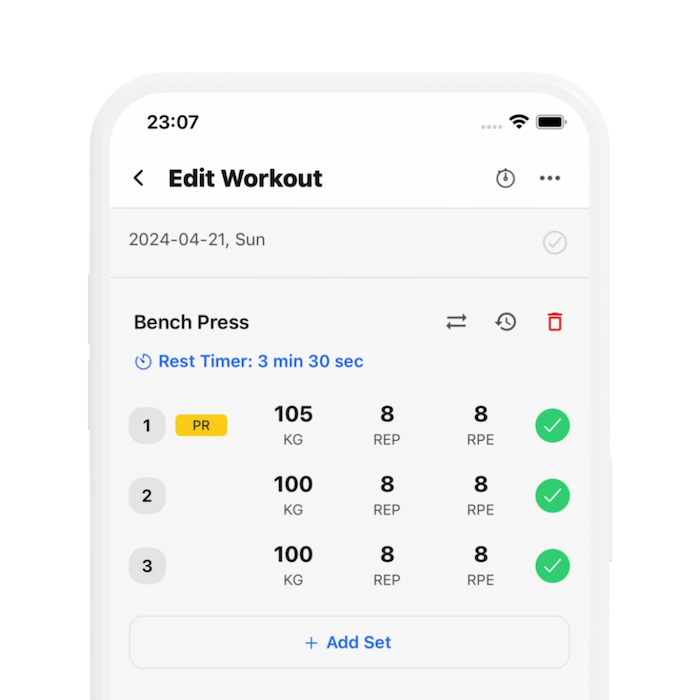30 Seconds SummarySitting Back vs. Down in the Squat: Much Ado About Very Little
- Cues 'sit down' vs. 'sit back' in squats alter visual form but not significantly different in muscular demands where motion overlaps.
- The 'sit down' cue allows for deeper squatting and more forward knee travel.
- Preference in cue usage varies: powerlifters benefit from 'sit back', weightlifters from 'sit down', and casual exercisers can choose based on comfort.
- Studies by Chiu and Swinton involved well-trained lifters using different squat styles and analyzed joint movements and muscle activation.
- In-depth analysis shows that both squatting techniques achieve similar hip extensor demands and muscle activations through overlapping ranges.
- Greater knee flexion and ankle dorsiflexion occur in the 'sit down' group, suggesting deeper squat positions are feasible.
- No significant differences in performance-related metrics like force or power regardless of squat style.
- Muscle activation across different squat styles shows minimal variance, suggesting both techniques are effective for muscle engagement.
- 'Sit back' can limit squat depth and shift mechanical demands slightly, but overall differences in joint loading and muscle activation are minimal.
Stronger By Science
Greg Nuckols
